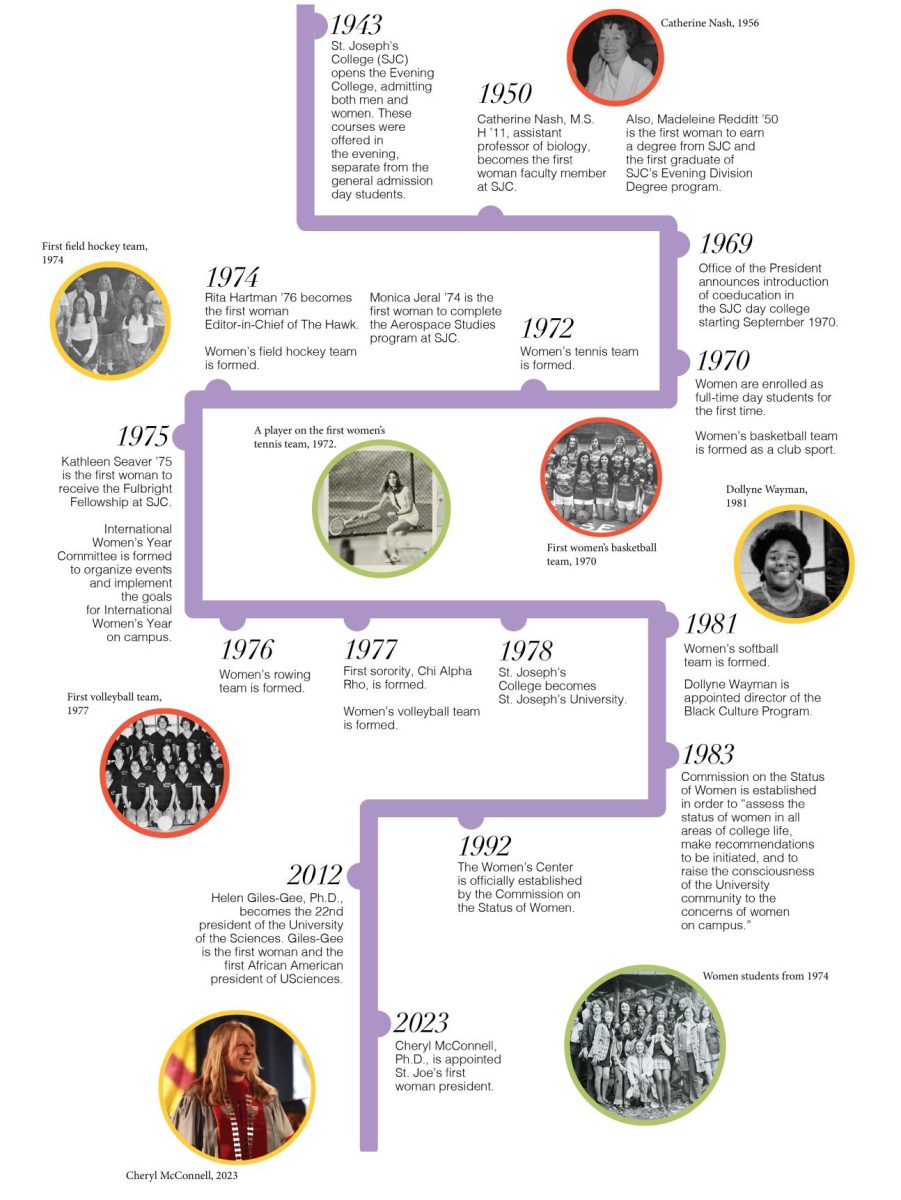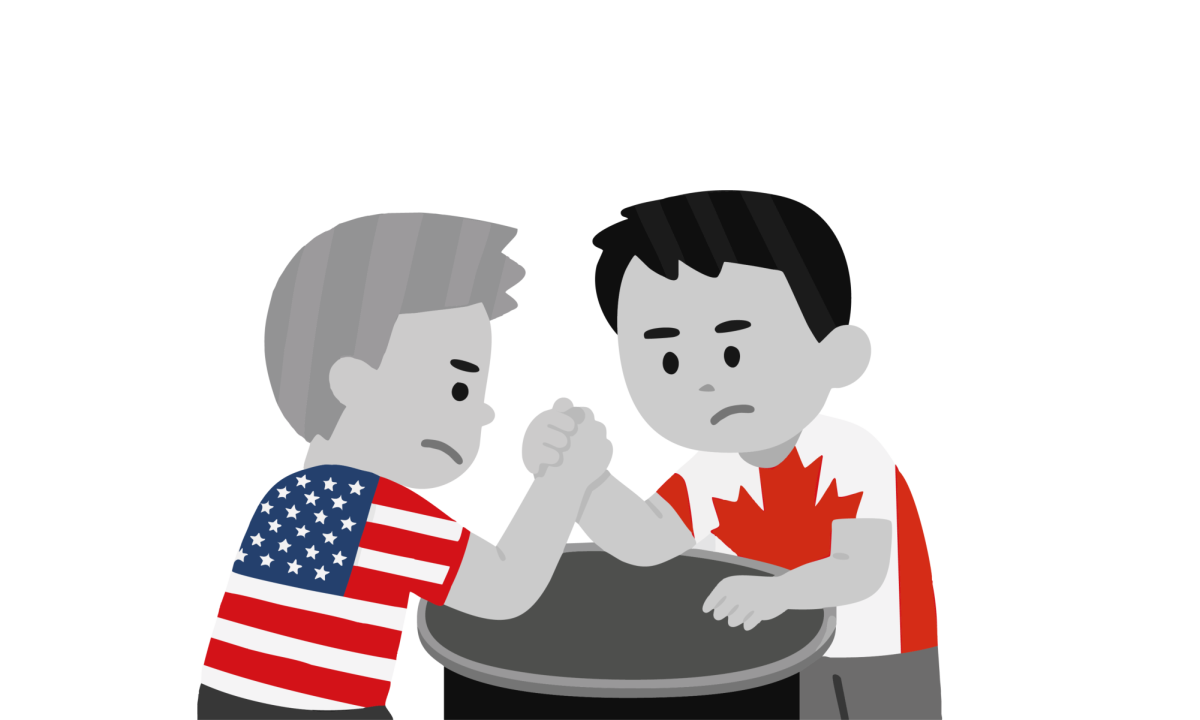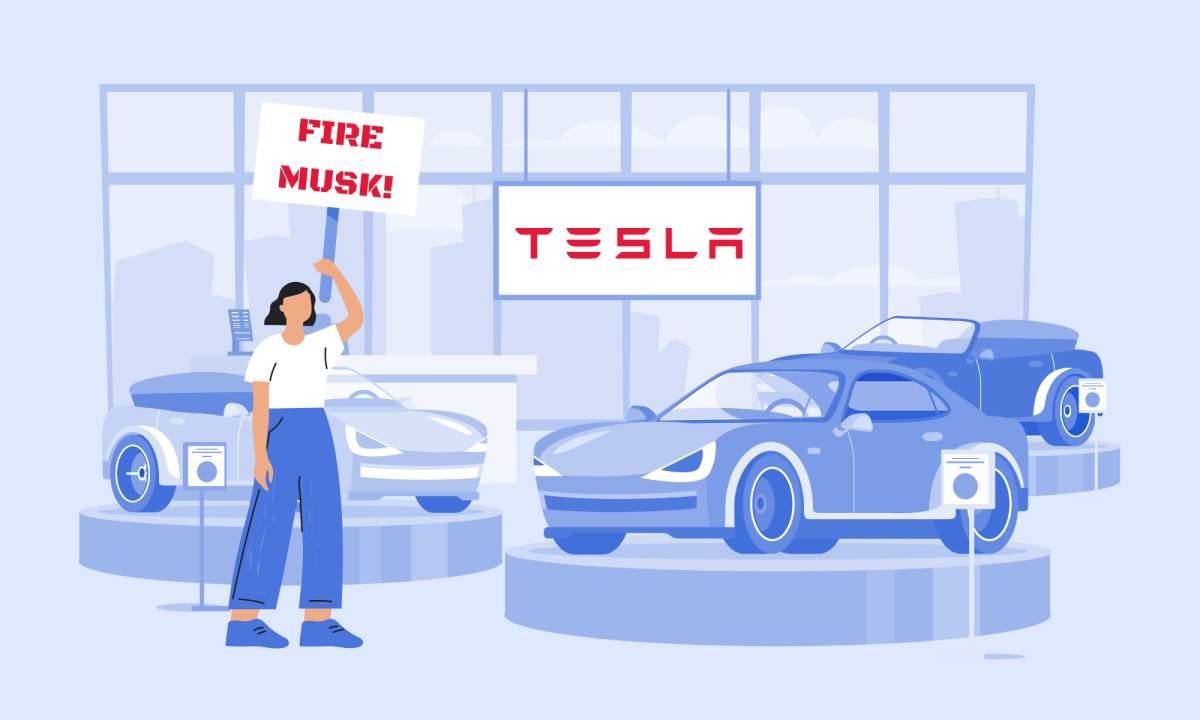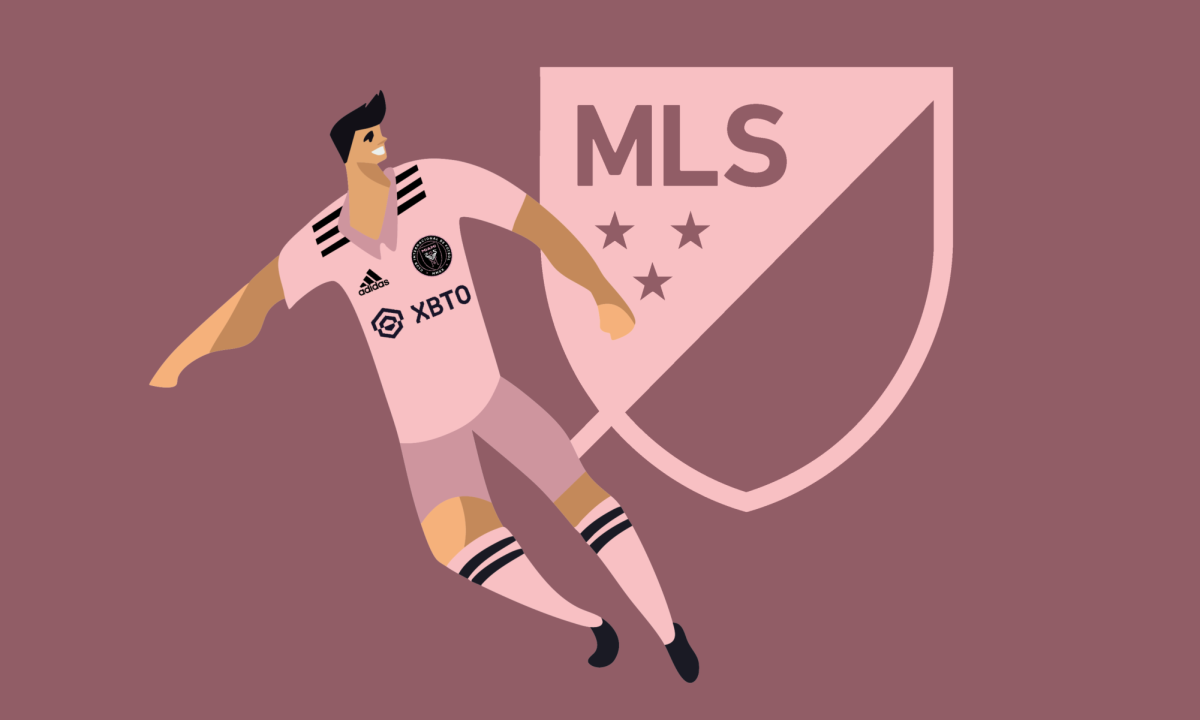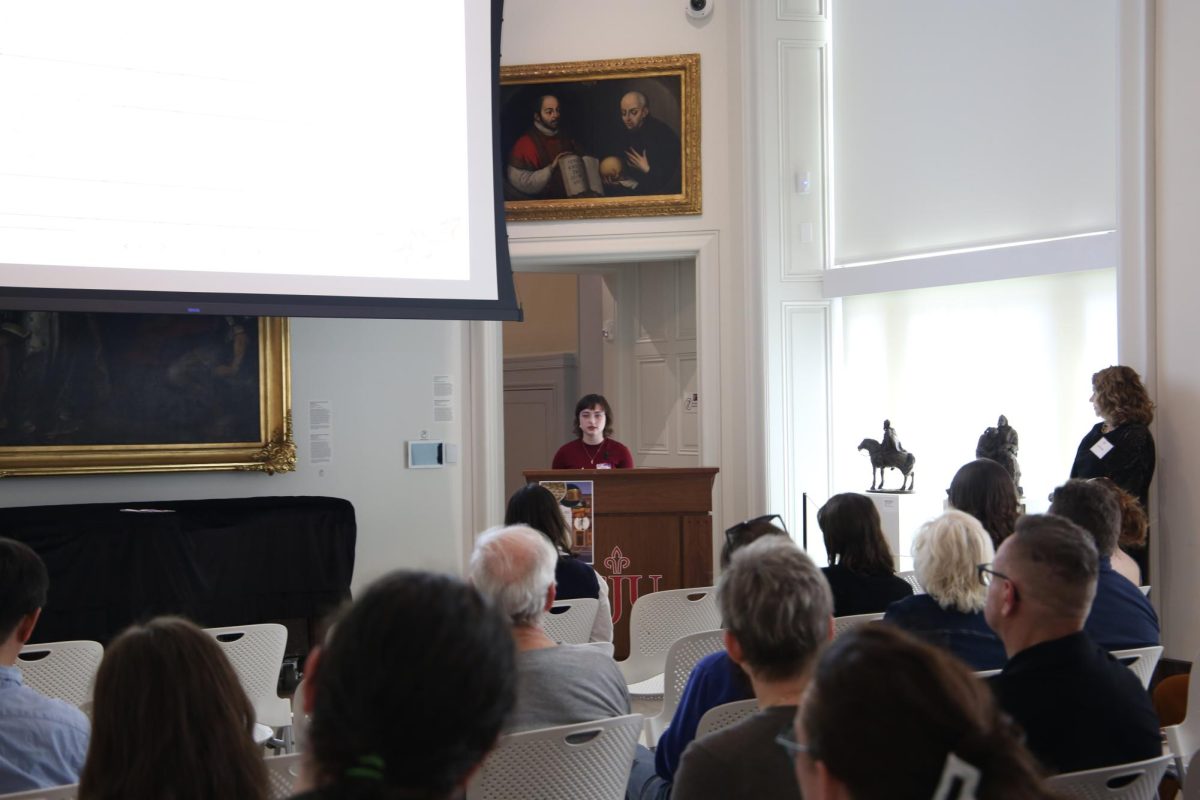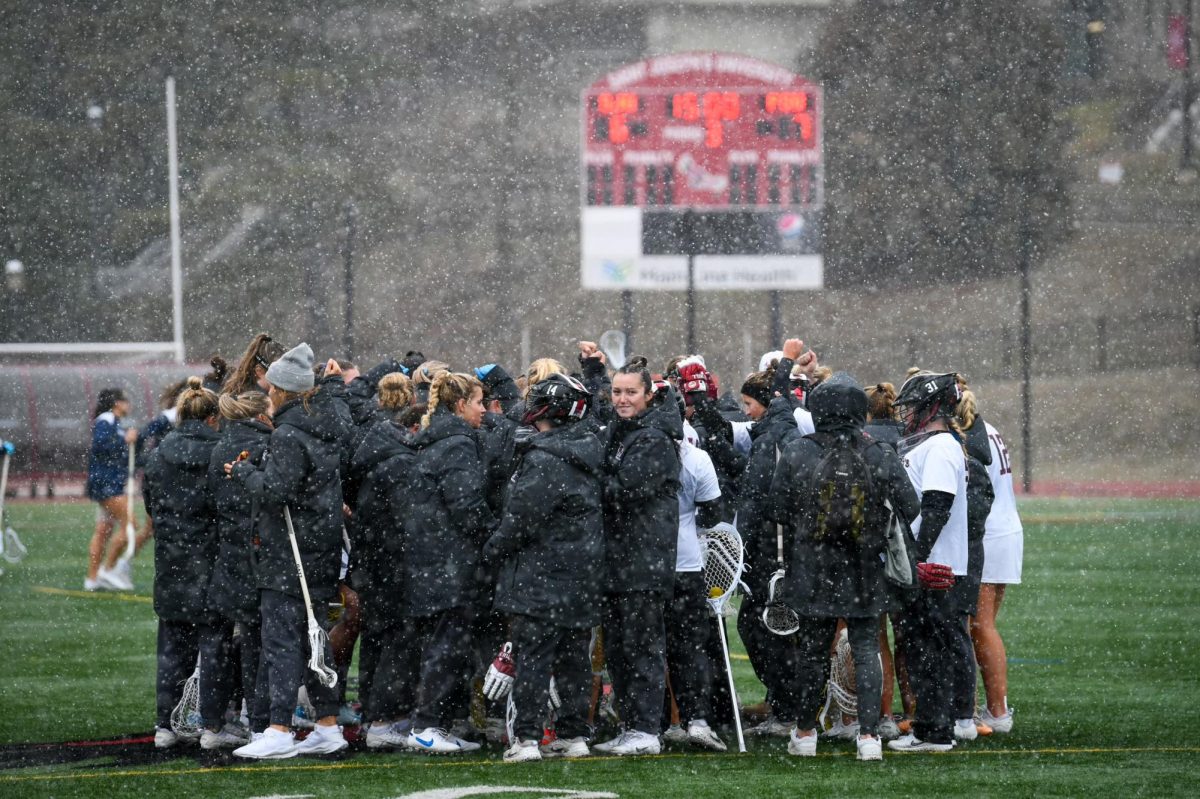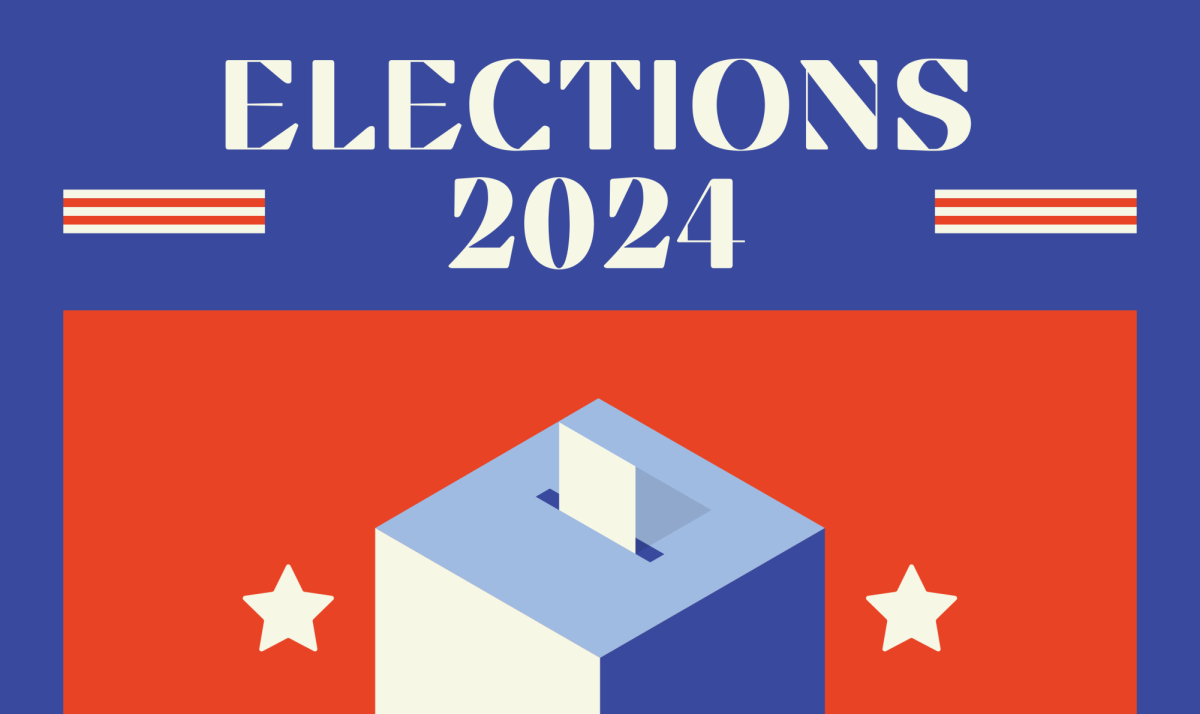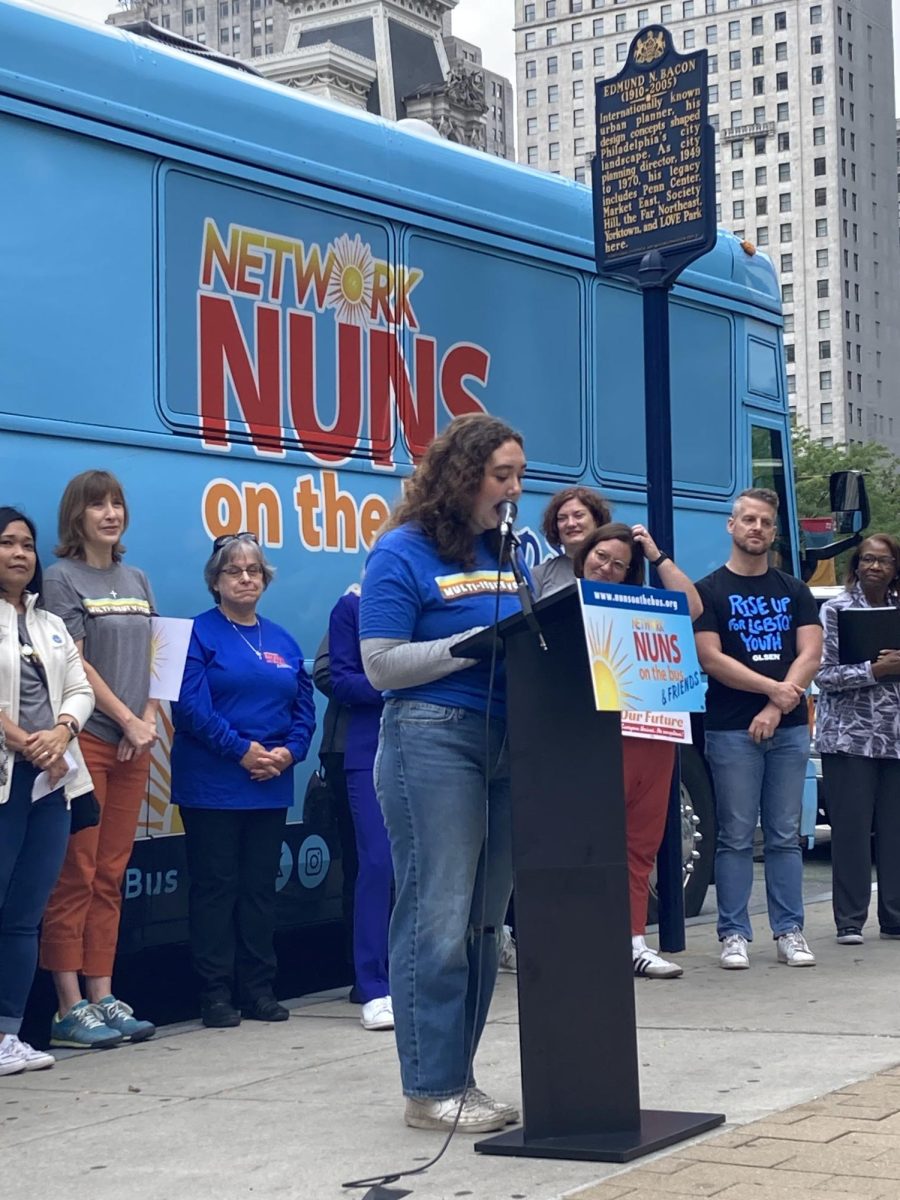Are the rich getting richer?
Income inequality is described as the unevenness in the distribution of income within a particular population. The bigger the difference is in distribution in a certain region, the higher the inequality.
Income inequality is often associated with wealth inequality, which is the uneven distribution of wealth. Wealth inequality often stems from income inequality, given that one must have a stable yet growing income to increase their wealth over a period of time. The U.S. has not had reasonable income or wealth distribution since at least the 1960s for a number of reasons, and it has impacted a large number of Americans very negatively for over 50 years.
From 1963 to 2016, the lowest 10% of Americans relative to their wealth went from having no assets at all to being $1,000 in debt. In that same time, middle-income households doubled their wealth, and families in the top 10% multiplied their wealth five times. Perhaps most shockingly, or not, is that families in the top 1% grew their wealth by seven times between 1963 and 2016.
Out of all G7 countries, the U.S. has the most prevalent income inequality. The following are several of a long list of the most prominent and impactful causes of income and wealth inequality in recent years.
First, technology and outsourcing removed hundreds of thousands of manufacturing jobs from America, once the staple of middle-class abundance. Those that could have made good money manufacturing machines and vehicles have lost out to robots and foreign workers able to do the job for no, or very little, cost. Retailers have taken the place of manufacturers in America, with Walmart employing as many individuals as the largest 20 manufacturers. These jobs pay much less and provide far fewer benefits than manufacturing jobs.
This dynamic has left large groups in America out of work. Because wages are determined by the labor market, those with jobs could stand to receive even less. The demand for jobs is high, yet the need for them is low, meaning companies can pay their employees very little and still have individuals apply for the job, more or less out of necessity.
Neoliberalism, which supports full economic liberalization with few restrictions on markets or the flow of goods, is also very much to blame. Proponents of the system argue that an unregulated and free market will drive prosperity. This framework itself is hypocritical as it allows the ultra-wealthy to influence the government and reduces accountability of corporations and the wealthy to the rest of the population. Such policies can reduce regulations on wages, taxes, benefits and emissions, each of which benefit only those at the top and stand to lower quality of life as well as decrease economic mobility.
These problems are compounded by divides in race, gender and education. Nonwhite households have historically made less money than white households. In 2019, white Americans made over $2 more than the national average per hour. At the same time, Black Americans made $5 less than the average, and Latinx Americans made $6 less than the average.
Perhaps the greatest divide, however, is in the educational realm. Of course, those with secondary education tend to make more money than those with a high school education or less. This is not unreasonable, but what is unreasonable is the accessibility of secondary education. Wages are getting lower and lower, and life is becoming only more expensive, secondary education included. Therefore, people that could succeed in secondary education are barred only as a result of their income/wealth, adding further to the divide.
The divide between rich and poor in the U.S. has been growing for over 50 years and is continuing to grow. This growth is a result of the combination of automation, outsourcing, the fall of labor unions, as well as neoliberal policies greatly influenced by the ultra-wealthy, and is then compounded by factors of race, gender and education.




